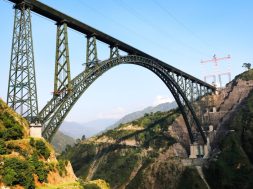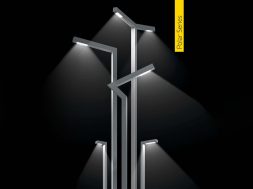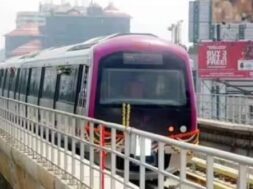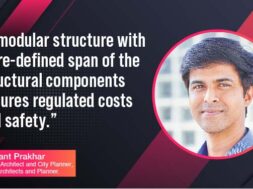Elaborate plans and strategies enabled timely completion of Kanpur Metro Rail Project in set time

Keeping in few of the pandemic we ensured the construction work of the metro project progressed on time, in order to get the tasks done faster, special strategies were created says Kumar Keshav, MD, UPMRC
What was the scope of work involved?
The Kanpur metro project consists of two routes. On November 15, 2019, the construction work on the priority corridor or Route 1 (IIT-Motijheel) of the Kanpur Metro Rail Project was inaugurated by Hon’ble Chief Minister Yogi Adityanath. The entire length of the Kanpur Metro Rail Project is 32 km, the 9km completed stretch which extends from IIT Kanpur to Motijheel was inaugurated by Prime Minister Modi on 28th December 2021. In the initial stages regional mapping of the city was done and DPR was developed. The tender for civil construction, construction of tracks and via-duct, depot, signalling, telecom, rolling stocks, AFC gates, third rail, maintenance, and manpower deployment was done at a fast pace. The human resource was recruited in a record time and In-spite of two Covid-19 waves, the targets was met within a stipulated time line. The testing rolling stocks and their software were done through online monitoring system. The hassle process of land acquisition was done with support of local agencies – ADM, state and central government. The legal compliance was met in sync with the protocols defined by the Government of India. UPMRC team developed a pro-active project delivery model which was utilized to expedite the documentation process and augmentation of necessary logistics at the metro stations. The recruitment of staff was done at a fast pace. They well trained to counter any crisis. Without the support of government agencies; it would have been difficult to commence the commercial operations of the Kanpur Metro.
Given the seamless communication between different agencies and stakeholders involved, the trial run over the priority corridor of length 9 km was started within the record time of less than two years from the start of construction works. Keeping in few of the pandemic we ensured the construction work of the metro project progressed on time, in order to get the tasks done faster, special strategies were created. For example, in Kanpur, an integrated contract for metro trains and signalling system was done, resulting in saving of time in the completion of tender processes. Not only this, by ensuring the delivery of the first metro train set within 14 months from the date of award of the contract, the Kanpur Metro Rail project has achieved another milestone.
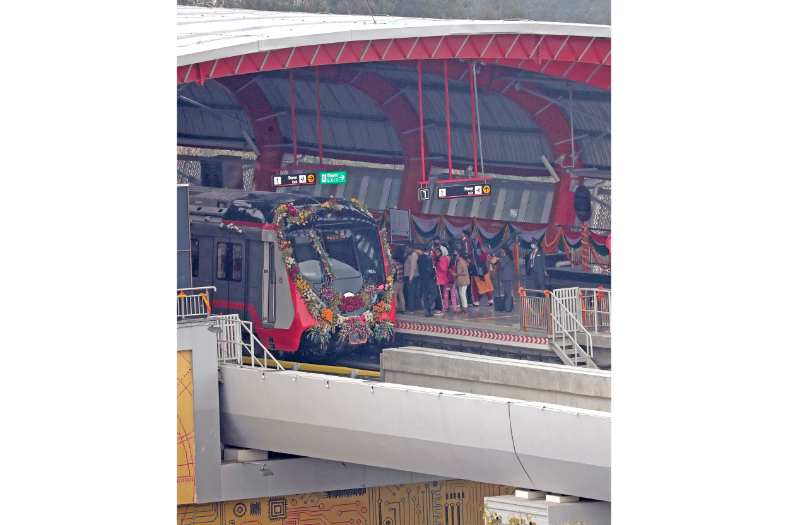
What were some of the strategies adopted to complete this project on time?
Elaborate plans and strategies were adopted to complete the construction work of Kanpur Metro Rail Project in set time. For instance, in Kanpur, a combined contract was awarded for Metro Trains and Signalling system, which lead to decreased time in carrying out the tendering process. The legal approvals were expedited at a fast pace. In view of the labour shortage the newly recruited manpower was trained to handle technical operations, psycho metric tests were conducted in a record time and professional grooming was done to prepare them for countering crisis. In terms of rolling stock, there delivery was done in 60 weeks whereas the standard time for delivery rolling stocks was 64 weeks. The real time monitoring of the rolling stocks was done through online mode.
The Third rail traction power system was installed in a short span of time. Line charge up, work on track and traction was done simultaneously with meticulous planning and coordination. The traction system approval from Ministry of Railways through RDSO was obtained in the shortest possible time by quickly responding to their queries. The credit for the installation of signalling equipments, braking system testing, third rail and other hardware goes entirely to the hardworking and dedicated team of UPMRC, vendors, contractors, labourers and consultants. Due to the unwavering support of RDSO, the approvals for statutory compliance were provided at a fast pace.
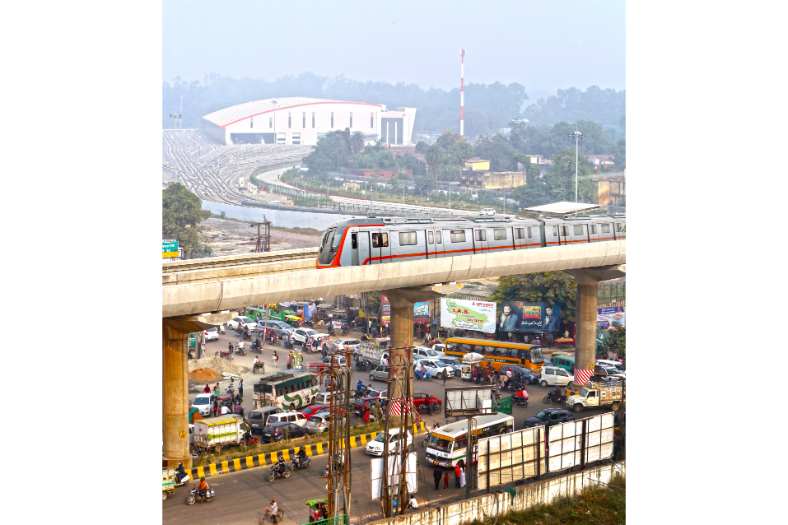
In your words, what are some of the innovative features of this project?
There are numerous innovative features of the Kanpur Metro Rail Project
- Double T-girder: Kanpur Metro is the first Metro project in the country to use Double T-girders for the construction of concourse of elevated Metro stations.
- Twin Pier Cap: For the first time in India, the innovative use of Twin Pier Cap has been done instead of portal arrangement to provide support to Depot Exit/ Entry line and Automatic Coach Wash Plant under Kanpur Metro Rail Project. This has helped in creating space for smooth flow of traffic and also enhancing the aesthetic beauty of the constructed structure.
- Use of Inverter in the Third Rail Traction System which converts the energy generated by the braking of the train from DC to AC, which will be used in metro systems.
- Rolling stock of the Kanpur Metro Rail Project is the first rolling stock in the country, which will be equipped with the camera for monitoring of third rail system. This will help in surveillance and maintenance of the third rail in the metro system.
- The trains for Kanpur Metro have been made using advanced and ultra-modern technology. The trains are equipped with CBTC (Communication Based Train Control) system, which is to be used in ATO (Automatic Train Operation) mode. This will ensure energy conservation and protected train operation. Apart from this, the trains will also have carbon-dioxide sensor based air-conditioning system, which will aid in saving energy during metro operations.
- Including the stations of both the corridors of Kanpur Metro, Metro Depot and 32.4 km long viaduct, it is estimated that 15 lakh litres of water will be conserved through rain water harvesting. Every second span in the viaduct will have an arrangement of directing rainwater in the pit situated in the median. Around 180 such rainwater conservation pits have been proposed for the entire priority corridor.
- The trains for Kanpur Metro Project are equipped with ‘Regenerative Breaking’ technique, which will save up to 45 percent of energy.
- Last but not the least Kanpur Metro’s 9 km long priority corridor has been certified with the ISO 14001 certification for environment management and with ISO 45001 certification for safety management.

How will this project benefit the common public?
Kanpur is densely populated industrial city of Uttar Pradesh. With the population of over 35 lacs, it is going to benefit the residential areas, schools, hospitals, colleges, universities and businesses operating in array of segments. Kanpur metro will decongest the areas witnessing traffic congestion. It will save time and money of the commuters.The pollution level will come down; thus, cutting down the carbon foot print from the air. It is safe and secure mode of transport for children and women. With state of the art infrastructure, the Kanpur metro will offer comfort and world class services to the people of Kanpur.
As we know, we are living in the times when pandemic has caused havoc in the world and we are taking stringent precautionary measures to ensure safety of the people. The trains and stations are sanitized regularly. Markings are made to ensure social distancing in the trains and metro stations. In comparison to other modes of transport, it is definitely the safest way to travel from one destination to another.
Cookie Consent
We use cookies to personalize your experience. By continuing to visit this website you agree to our Terms & Conditions, Privacy Policy and Cookie Policy.


